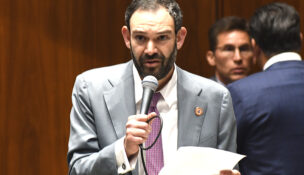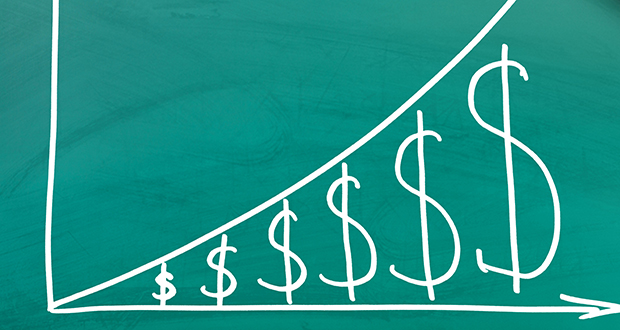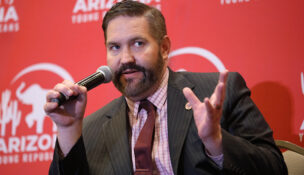Governors expect slower growth, tighter budgets in ’08
Arizona Capitol Reports Staff//June 8, 2007//[read_meter]
Governors expect slower growth, tighter budgets in ’08
Arizona Capitol Reports Staff//June 8, 2007//[read_meter]
Only three states ran into red ink this year, while more than half sailed through with higher-than-expected revenues. States overall are finishing a spending spree, but the best revenue picture...
No tags for this post.

















